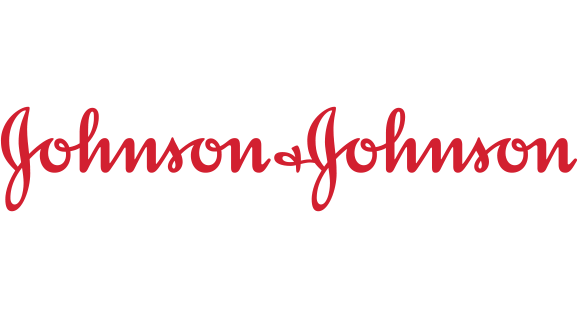Since the earliest days of biotech, the UK and the USA have worked together to move science forward and build globally competitive companies.
James Watson (US) and Francis Crick (UK) worked together to solve the structure of the molecule that underpins the industry. The two technologies on which the industry has been built – recombinant proteins and monoclonal antibodies – were developed in the US and UK, respectively. And as we move into an age of genomics and data, the world’s largest DNA sequencing technology company, Illumina, owes much of its success to the British company Solexa, which it acquired in 2007.
The close collaboration and mutual benefit continue to this day. In the past few years, I’ve experienced a surge in interest in British innovation among US investors, who are keen to see what’s in the pipeline. The route to Nasdaq listing has become a well-trodden path for UK companies, which benefit from the deep knowledge and appreciation of Wall Street. This returns value for US and UK investors alike. Take Nightstar Therapeutics, which listed in 2017 at $14 per share and was picked up by Biogen two years later, returning an estimated $25.50 per share to its IPO participants and a 4.5X cash profit to its UK founders, Syncona.
The UK is by far the leading European biotech cluster, accounting for 35% of European biotech start-upssince 2012 and over a quarterof all VC investment across Europe last year. Investment in UK biotech has increased 400% since 2012, and there is a palpable sense of optimism in the sector.
The new Prime Minister, Boris Johnson, has set out in multiple speeches his personal commitment to bioscience, and his Government has an explicitly stated ambition of maintaining the UK as a global life sciences hub.
The UK has great assets for life sciences research on which the Government is building. There is particular strength in cell and gene therapies, accounting for a quarter of all such development companies in Europe and 93 active clinical trials in 2019. We are currently in the process of sequencing five million patient genomes, adding to the already rich health dataset of the ‘cradle- to-grave’ National Health Service and the UK Biobank. This data is open to companies large and small to use in research to better understand disease and develop new treatments. We are also leading the way in the use of AI to improve the drug development process and, in only the past few weeks, British start-up Exscientia announced the world’s first in-man clinical trial of a drug designed using AI.
As the UK leaves the EU, we are entering a new age of global Britain. Links between the US and UK will strengthen further, and I look forward to welcoming more investors and companies to our shores to move science forward and build new companies. If you haven’t yet looked at what we have to offer, I invite you to get in touch.
By Steve Bates OBE, Chief Executive of the UK BioIndustry Association (BIA)
Bates is the visible face of the vibrant UK life sciences industry to government and media. He sits on the UK’s Life Sciences Council and Life Sciences Industrial Strategy Implementation Board. He currently chairs the International Council of Biotech Associations and has been a Board member of Europabio since 2015.



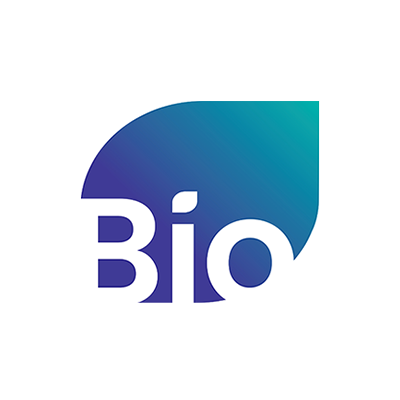

.jpeg?itok=ByJuBfy-)





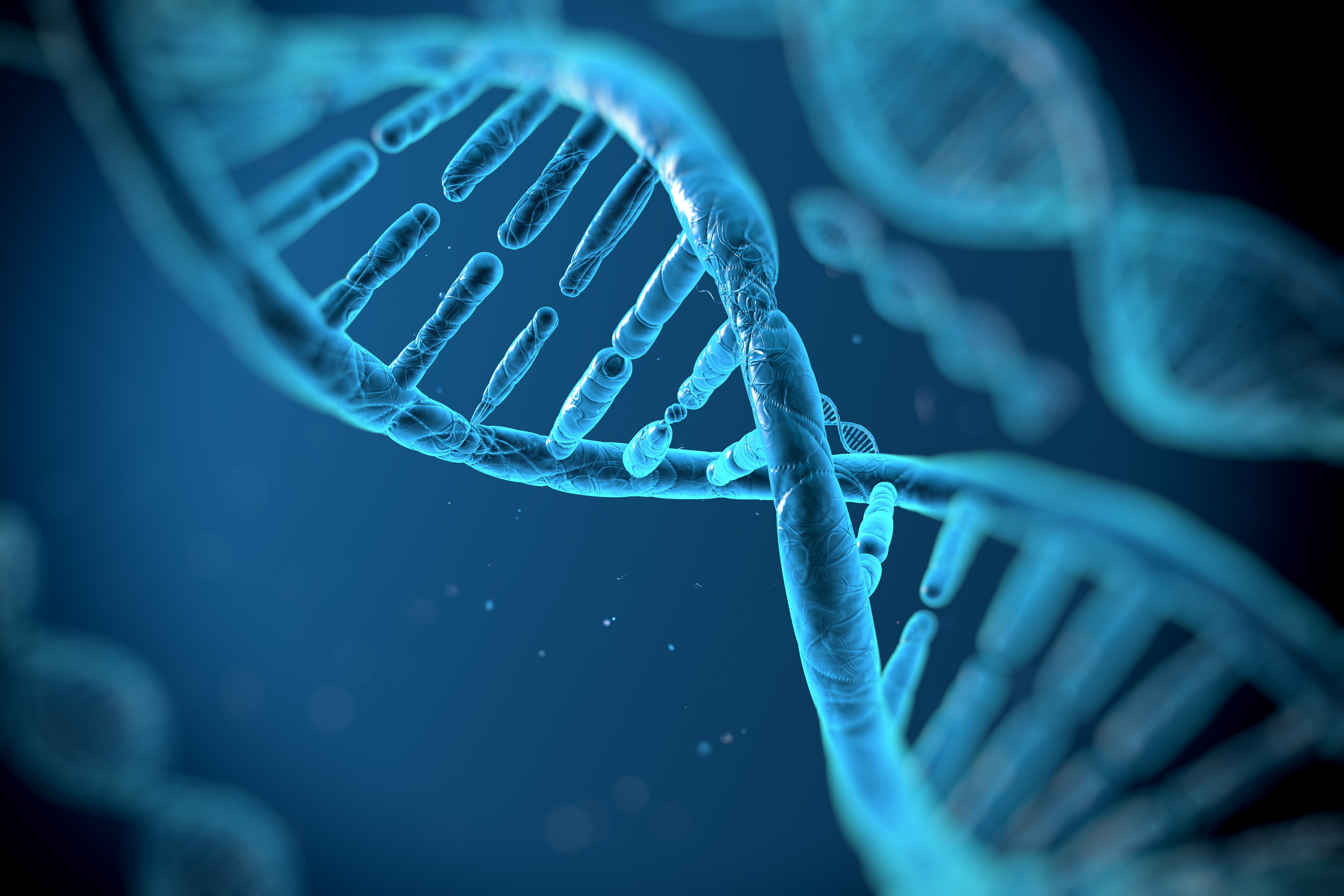


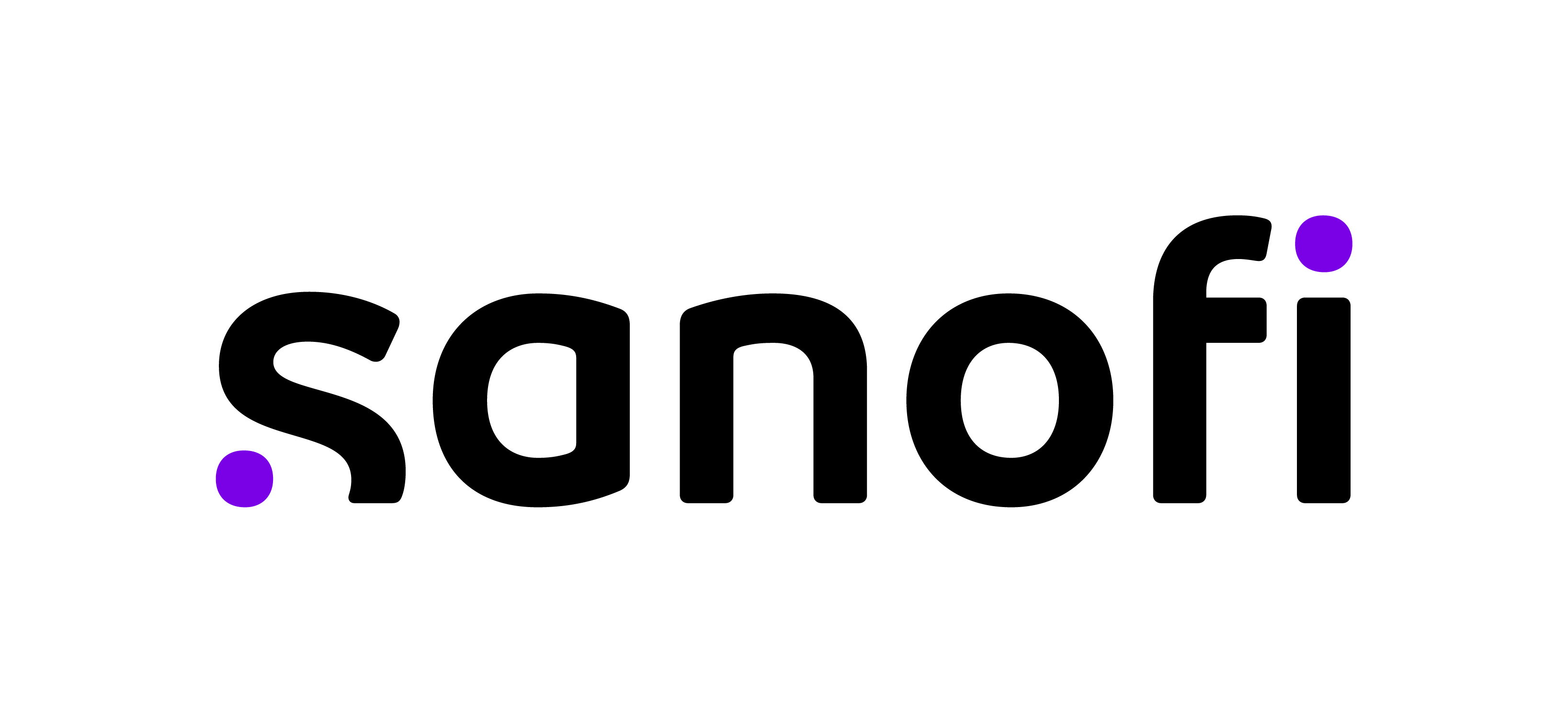




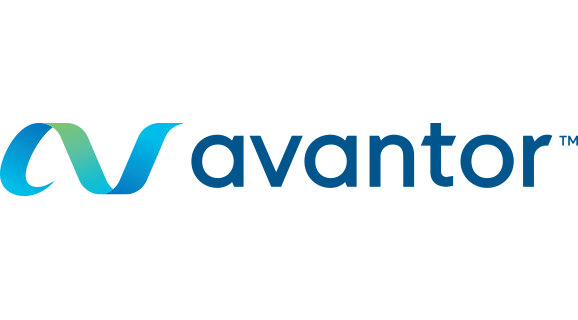

.png)
